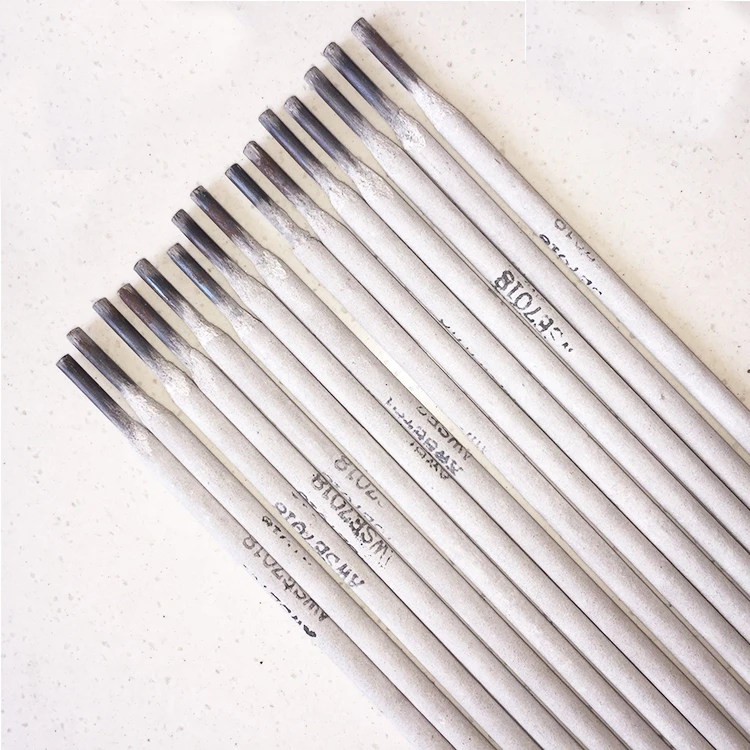filler rod tig welding
Filler Rod in TIG Welding A Comprehensive Overview
TIG (Tungsten Inert Gas) welding, also known as Gas Tungsten Arc Welding (GTAW), is a highly versatile and effective welding technique used in various industries, from aerospace to automotive. One of the critical components of the TIG welding process is the filler rod, which plays a significant role in ensuring strong and reliable welds. This article explores the importance of filler rods in TIG welding, including their types, applications, and best practices.
Understanding Filler Rods
Filler rods are metal rods that are used to supply additional material to the weld pool during the welding process. Unlike some other welding techniques, such as MIG welding where the filler material is fed automatically, TIG welding requires the welder to manually add the filler rod as needed. This control allows for precise welds, making TIG ideal for projects that require high-quality finishes and intricate designs.
Filler rods come in various materials, including stainless steel, aluminum, copper alloys, and nickel alloys, among others. The choice of filler rod material is crucial, as it must match or complement the base metal being welded to ensure proper chemical and mechanical properties in the final weld.
Types of Filler Rods
1. Stainless Steel Filler Rods These rods are commonly used for welding stainless steel and are available in various grades to optimize corrosion resistance and strength. For example, ER308 is frequently used for welding austenitic stainless steels.
2. Aluminum Filler Rods Aluminum is lightweight and has excellent corrosion resistance, making it a popular choice in automotive and aerospace applications. Filler rods such as ER4047 are often used for welding aluminum due to their high silicon content, which enhances fluidity and weld quality.
3. Nickel Alloy Filler Rods Used mainly for high-temperature and corrosive environments, nickel alloy filler rods provide excellent strength and resistance to oxidation. They are essential in industries such as petrochemicals and power generation.
4. Copper Filler Rods These rods are specifically designed for welding copper and its alloys and are often used in HVAC applications. The right copper filler allows for optimal thermal and electrical conductivity.
Applications of Filler Rods in TIG Welding
TIG welding with filler rods is widely used in industries that require precise and high-strength welds. Some common applications include
filler rod tig welding

- Aerospace In aviation manufacturing, the integrity of the welds is paramount
. TIG welding with the appropriate filler rods ensures lightweight yet robust structures.- Automotive TIG welding is used for various parts, including exhaust systems and engine components, where clean welds are crucial for performance.
- Construction and Structural Fabrication Steel and stainless steel filler rods are used in building frameworks and pipelines, ensuring strong and reliable joints.
- Art and Sculpture Artists also use TIG welding to create intricate metal sculptures, where the aesthetic quality of the weld is just as important as its strength.
Best Practices for Using Filler Rods in TIG Welding
To achieve the best results when using filler rods in TIG welding, several best practices should be followed
1. Select the Right Filler Rod Ensure that the filler rod's material, diameter, and composition match the base metals for optimal weld quality.
2. Prepare the Base Metal Clean the base metal thoroughly to remove any contaminants that could affect the weld.
3. Control Heat Input Proper heat control is critical in TIG welding; overheating can lead to distortion, while insufficient heat can result in poor fusion.
4. Practice Technique Since TIG welding is a manual process, practicing the technique of adding filler material while maintaining an arc is essential for producing high-quality welds.
5. Monitor the Weld Pool Keep an eye on the weld pool and adjust the speed of adding filler material accordingly to maintain a consistent bead.
In conclusion, filler rods are an integral component in the TIG welding process, influencing not only the quality but also the strength and durability of the weld. By selecting the appropriate filler rod and adhering to best practices, welders can achieve exceptional results in their projects, contributing to the overall success of their welding endeavors.
-
Best MIG Welding No Gas Flux Core Solution – Easy, Portable & Clean WeldingNewsJul.08,2025
-
7018 Welding Rod 3/16 - High Strength, Low Hydrogen Electrodes Wholesale 3/32 Welding Rod 7018 Suppliers & China 7018 AC Welding Rod FactoryNewsJul.08,2025
-
High Quality MIG Aluminium Welding Wire - Wholesale Factory Prices from China SuppliersNewsJul.07,2025
-
High-Quality Gasless Aluminum Welding Wire China Gasless Aluminum MIG Wire SupplierNewsJul.07,2025
-
High Quality Ordinary Welding Rod for Pipes – Reliable China Welding Rod 7016 SupplierNewsJul.06,2025
-
Welding Wire 0.9 mm ER70S-6 Supplier Wholesale Manufacturers & FactoriesNewsJul.06,2025


